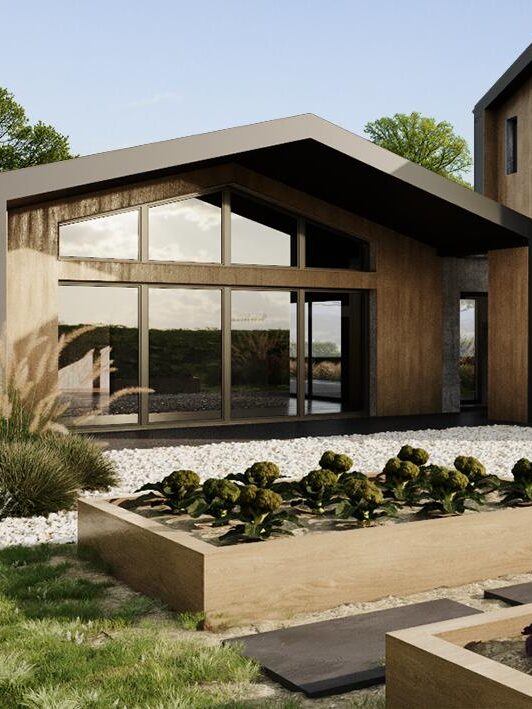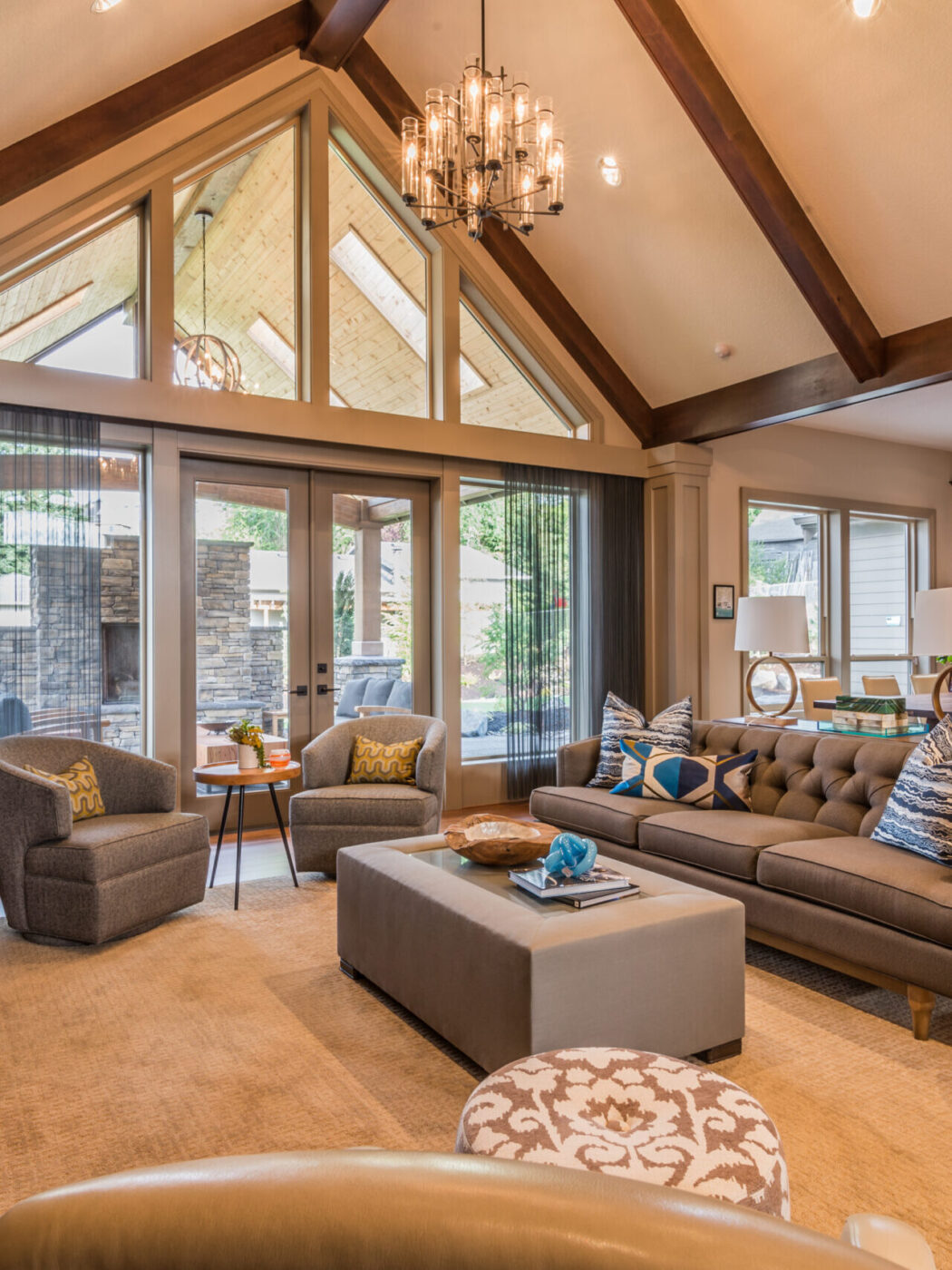Why do Builder’s (contractor) Quotes Vary so Much in Spain?
Builder’s quotes and contractor’s offers can vary by 40% or more. How can this be when they are all working from the same information?
The answer lies in two camps. One camp is to do with the builder’s own business and the other camp is to do with the architect and the architect’s project.
What is an Architect’s Project?
They use the word project (Proyecto) in Spanish to describe a thick document containing scaled plans, a specification, and a bill of quantities. The hard copy can run to several inches thick. It is normally sent out to tender to various contractors or builders in an open tender. Each builder is invited to submit an offer to complete the build. Offers can be compared and the various merits of the contractors discussed and one of the contractors is awarded the contract to build the villa.
The Architect and the Architect’s project
One of the reasons why contractors come up with such different cost proposals is that the architect’s project leaves many areas open to interpretation.
This really shouldn’t happen in my opinion. A high quality project is really essential to a satisfactory and stress free build.
First of all you, the client, need certainty about what you are getting before you sign a contract. For example what type the floor tiles are, colour, texture, quality, what the windows are, colour, specification, and so on. All this needs to be decided according to your preferences before building starts and a price agreed.
Secondly in order to properly compare the contractor’s offers the detail needs to be specified systematically and clearly. You should be able to see the exact specification (the make and model of the material) and the exact quantity. If it isn’t exactly detailed the builder will make an assumption and different builders in Spain will make different assumptions. The builder’s offer should specify what they charge for the material and what they charge for installing it (a global figure that includes their overhead, labour costs, logistical costs, transport of materials, insurance, waste removal, scaffolding etc)
Thirdly change orders during the build are a reality. Many clients have a fixed budget and swear there will be no changes during the build. Despite this sincere commitment, and although there may be very few change orders, but there are never no change orders at all. The point about a high quality detailed architect’s project is that if an item is to be changed, it is specified and the old cost comes out and the new cost goes in: simple and relatively straightforward. It is an accounting job not a negotiation. However, if an item isn’t specified because it is part of a bigger job that has to be done then the amount you take out isn’t clear. You have to accept the figures that are given to you by the builder (or sack him halfway through the build which would be disastrous). This leads to distrust and resentment.
The project should specify not just what is to be done but also how it is to be done. If contractor’s make their own decisions about how something should be done then there will naturally be a variety of solutions good and expensive/ bad and expensive / good and inexpensive / and bad and inexpensive. Your architect should specify the good and inexpensive ways of doing things. If the architect doesn’t do this the builders will come up with their own methods and these will vary leading to differences in the builder’s quotes.
At Eco Vida Homes our building team is involved in critical decisions during the design phase so not only do we find the optimal solution cost/ quality but also there are no misunderstandings during site operations.
The degree of architectural control: I have heard of architects that never visit a site which I think is reckless given the architect’s legal responsibility and unethical given their moral responsibility. But even amongst architects who do visit the site some visit more often than others. Those that visit less frequently leave more decisions in the hands of the contractor and technical architect and this leaves more room for interpretation (and cutting corners).
The Contractor (Builder)’s Business
A contractor’s bid will reflect amongst other things their keenness to do the work. Many things will affect this: the size of their order book, the timing of their order book, their current logistical and staff resources. If a contractor has staff about to finish one project that they would like to switch onto yours they will be more competitive whereas if they have plenty of work running into the future then their bid may be higher.
Labour Costs
Labour Costs are the biggest cost in any build. The daily rate of skilled and unskilled labour will have a large effect on the cost of the build. At Eco Vida Homes our labour comes from inland which is an enormous advantage because it is far less expensive and one of the reasons we are price competitive. Also how the labour is organised, how good they are, how efficient at their jobs all this will all affect the competitiveness of the bid.
Source of Materials
Their source of materials: although the type, make and quantity of materials are specified it is not a perfect market. Each contractor has their own relationship with building suppliers and the cost of the materials to the builder will vary.
Experience and Approach to Risk
Experience and approach to risk. When a contractor makes an offer they won’t themselves have all the suppliers and subcontractor’s pinned down. They will be making a commitment to you without having 100% of the commitments to them pinned down. Their experience, judgement and attitude to risk, will all affect their final offer and this will vary between contractors.
Author: Eco Vida Homes is a team of Architects, Technical Architects, Builders, an Engineer, and a Chartered Surveyor. We help people design and build beautiful energy efficient homes designed for Mediterranean living in Marbella and Southern Spain. There are two things that make us stand out: a sharp focus on our clients’ needs and every we do is comfortable and energy efficiency. It’s like Grand Designs only without the drama.


